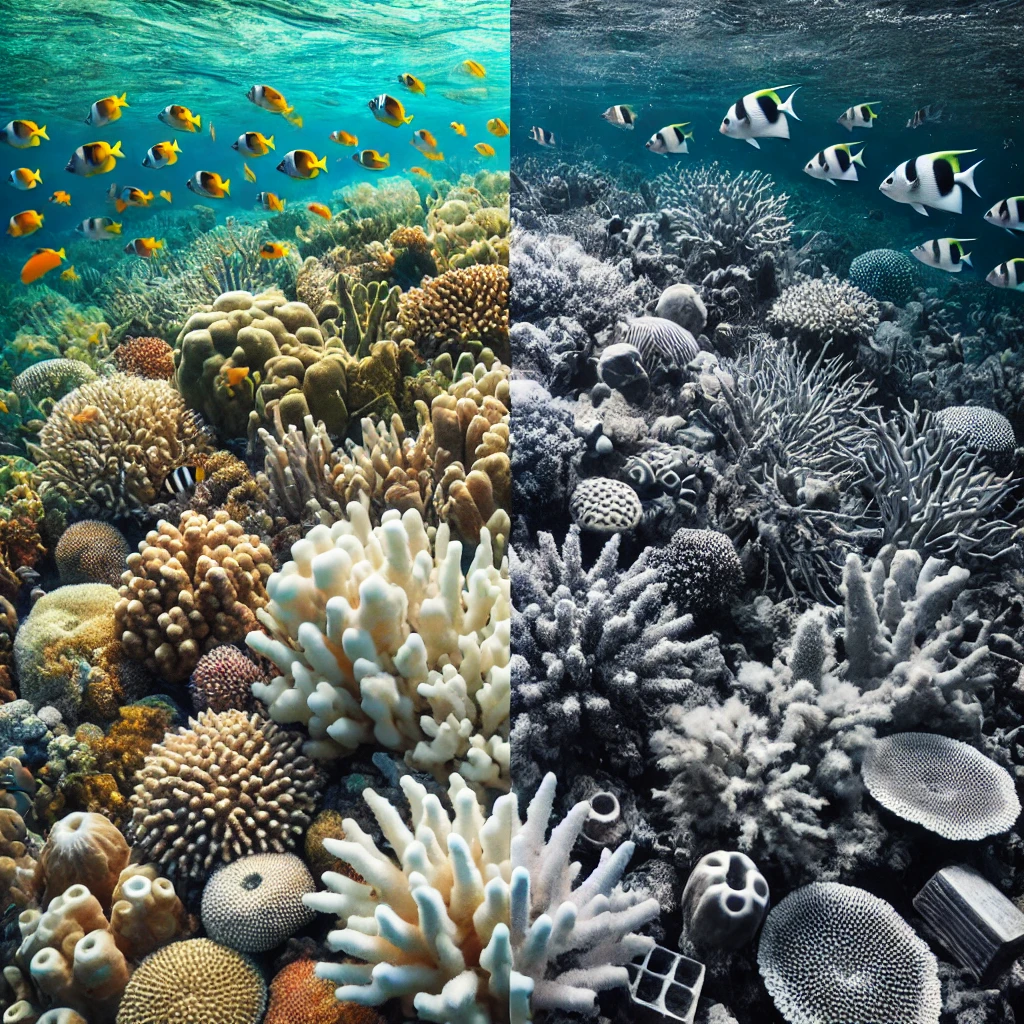This page will show how to tell live coral and dead coral apart. It is said that a quarter or even a half of all coral reefs in the world perished, and three-quarters of them were subject to a bleach. That is possible due to increasing ocean temperature, tourism-related damages, and overfishing. It is becoming an infrequent exercise to encounter a successful coral reef. This is because many novice snorkelers end up visiting tourist hotspots where majority of the corals are already dead like in Hanauma Bay, Hawaii or Trunk Bay in St. John, and as such they have no reference point when it comes to the difference between coral that has been killed and the healthy coral.
The episode will assist individuals to diagnose the general coral problems and how to solve them. The emphasis is then on easier to manage soft corals and LPS in 40 gallon aquariums, thus dividing ailments into four causes. If you need more interested info like that visit quick guider provider.
Some of the questions that have regularly been asked by the hobbyists over the years include what fish or coral to introduce in the tank but two take advantage of them; how can algae be controlled and what causes the corals to die. The latter is an eternal problem even to experienced reef keepers. However, in most cases the cause may be quite complicated, as death in the corals often occurs due to a combination of many factors.
What Live Vs Dead Coral Looks Like
Live coral is typically bright-colored, showing the tones of brown, green, yellow, or pink, whereas dead one is pale or white and bleached because of the loss of algae coevolution with it. Dead coral tends to be jagged, may be coated in algae and can fall apart. Bleaching is a phenomenon whereby algae are expelled by the corals because of stress caused by strain on ocean temperature, pollution or shifts in acidity. Sometimes corals can manage to survive when the algae come back, but when it is too much stress it might even kill permanently the coral.
Learn How To Identify And Solve The Four Most Common Coral Health Issues
Stress is a common complaint in corals in reef tanks, as evidenced by unwillingness to open, tissue denudation, bleaching or rapid death. The present episode is devoted to the discussion of widespread coral health problems related to such areas as soft corals and LPS, the latter being divided into four distinct causes: coral bleaching, tissue loss syndromes, skeletal eroding band syndrome (SEBS) and overgrowth by algae or invading species.
It is important to be aware of such symptoms as discoloration, lesions or abnormal growth patterns and the remedy is to ensure a good quality of water, reduced stressors and any specific treatment when necessary. Periodic checks, requiring knowledge of the individual needs, and contacting experts can enhance survival and repair of corals.
My Corals are Dying: Why?
Perhaps the most frequently asked, and equally recurring question in reef keeping is why corals die, even when tanks seem fine. There is no reason why corals would die and mainly, coral deaths could be attributed to unstable water parameters, poor lighting and inadequate.
How Can a Dying Coral Be Saved?
Determining what is causing coral decline is the foremost activity that leads to rescuing a dying coral with bad water quality being a commonplace. Controlling temperature, pH, salinity, alkalinity, calcium and magnesium is a prerequisite, as these elements promote the growth of both the tissue and the skeleton of the coral.
Coral transplantation, coral nurseries, water quality management, marine protected areas, and sustainable fishing best practices are all part of conservation to help rescue corals. More widely, minimizing carbon emissions and alleviating climate change is essential in putting the underlying causes of reef degradation in control.
Conclusion
The distinction between live and dead coral is important to know, because most coral reefs around the world have already been affected quite negatively by issues such as climate change, pollution, and the presence of humans. Corals health in reef tanks is usually affected by poor water parameters, unstable water parameters or external stressors and as such careful monitoring of the corals in the tank is essential to their survival. If you need info related How does Romeo seek to overcome those limits.
These issues can only be curbed through a joint effort of adequate upkeep of the tanks, conservation work such as reef transplantation, and general efforts to address climate change. Conservation of coral reefs is not only about conservation of marine habitats but also to pass it along to future generations.
FAQS
What does coral look like when it dies?
When coral dies, it loses its vibrant colors and turns white or very pale. Over time, it may break apart, become covered in algae, or look rough and brittle.
What is an indication that a coral has died?
A dead coral will appear white or covered in algae, and its tissue may start peeling away. It may also stop growing and become fragile or broken.
How to find dead coral?
Look for corals that have lost their color, appear dull or white, and have no moving polyps. Dead coral may also be covered in algae or look like bare, broken skeletons.
What color does coral turn when it dies?
When coral dies, it usually turns white due to bleaching. Later, it may turn brown or green if algae start growing on it.
